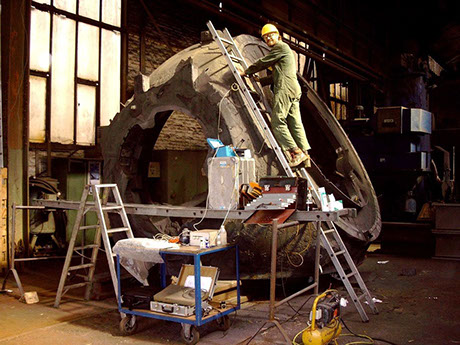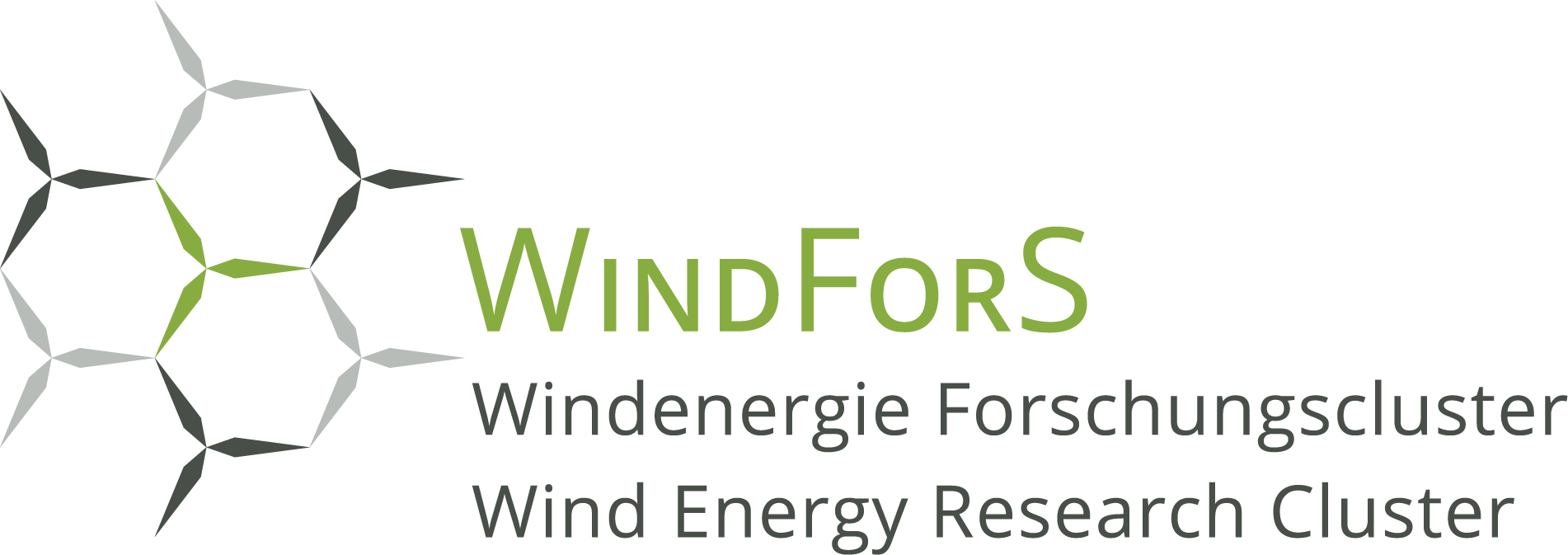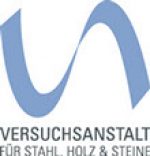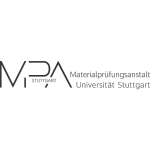Several WindForS members have strong expertise in the techniques and materials used for the construction and manufacturing of wind turbine towers and nacelles.

Services in the field of welding technology
The Research Centre for Steel, Timber and Masonry (VAKA) offers monitoring of welding processes and component-specific production control as well as procedure qualification tests. Furthermore, certifications for manufacturer’s qualification for welding of steel structures, assessment of welder and operator examinations and issuing of appropriate certificates are part of our scope of services.
Methods of post weld treatment
The research center has an extensive knowledge in the field of post weld treatment using high frequency peening methods. The lifespan of existing and new welded steel structures can be increased considerably, up to 500%, with these methods.
Applying methods like High Frequency Impact Treatment (HiFIT) and Ultrasonic Impact Treatment (UIT) the weld transitions are hammered with hardened steel pins and a frequency above 180 Hz. By treatment the welt toe is plastically deformed. As a result, the material‘s crack-resistance is increased, enhancing the crack generation phase and reducing the crack growth rapidity. The compact size of the device enables a wide range of mobile applications, including applications in the construction as well as the strengthening of existing off shore wind energy plants.
Adhesive bonding and grouting
In the field of component joining, VAKA is testing alternatives to welding such as adhesive bonding and grouting. Main focuses are set on pipe connections relevant to offshore wind energy plants.
Stress and life expectancy analysis
Various methods of fatigue and endurance strength evaluation will be developed and validated at the MPA University of Stuttgart. For significantly more important tests, specimens with identical di-mensions as the original components will be used. The available calculation methods and models are capable of describing every section of the life cycle of wind energy plants.
- Multiaxial fatigue
- Fatigue with influence from a medium
- Crack growth analysis using fracture analysis
- Stress-corrosion cracking
MPA AIM-Life (Advanced Integrated Multiaxial Fatigue Life Concept)
Components such as the hub and rotor shaft will be evaluated afterwards for critical indications to prevent greater damage (critical values such as fatigue cracks, specifications for NDT and testing intervals).
The MPA University of Stuttgart has expertise in:
- Reinforced concrete and constructions thereof,
- Steel constructions,
- Welding, flange, and grout connections,
- and testing facilities for both large and component/material tests with a high number of cycles.
Stress concentration factors, influences from subsequent treatment procedures on the fatigue strength and the probability of failure are investigated. The development, optimization and testing of implemented materials is a major research area. Monitoring and quality assurance are core tasks of the MPA University of Stuttgart.


